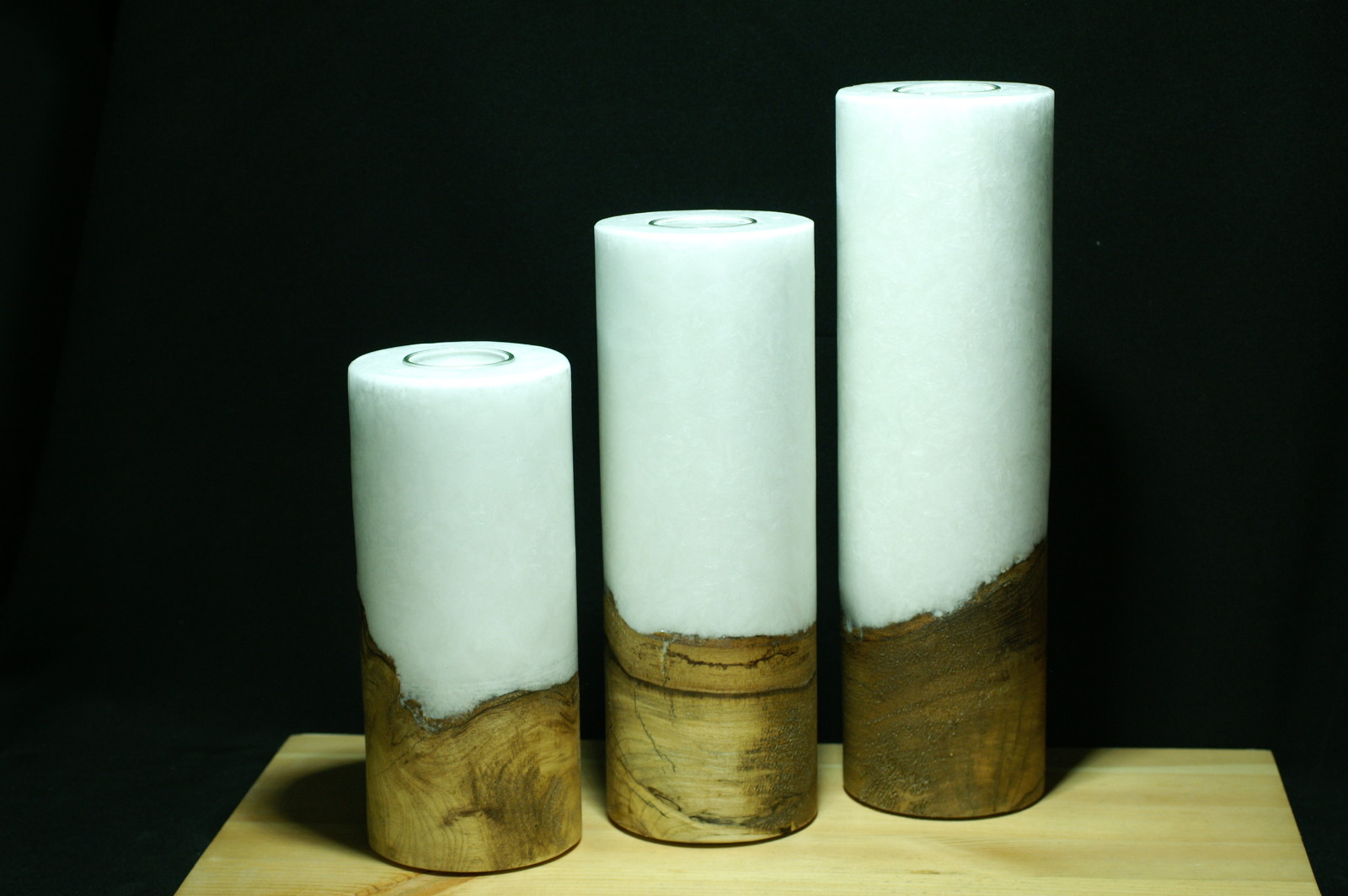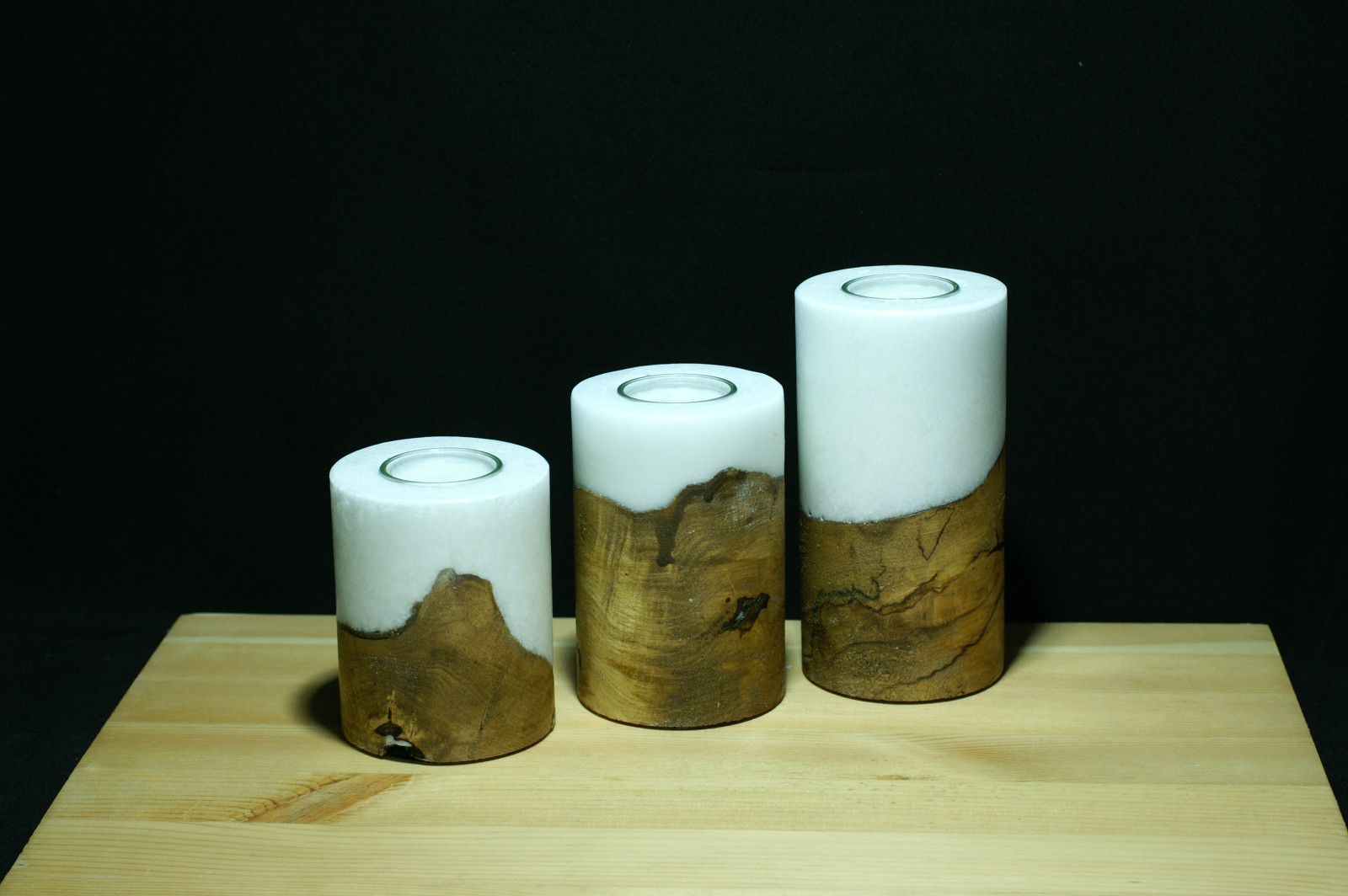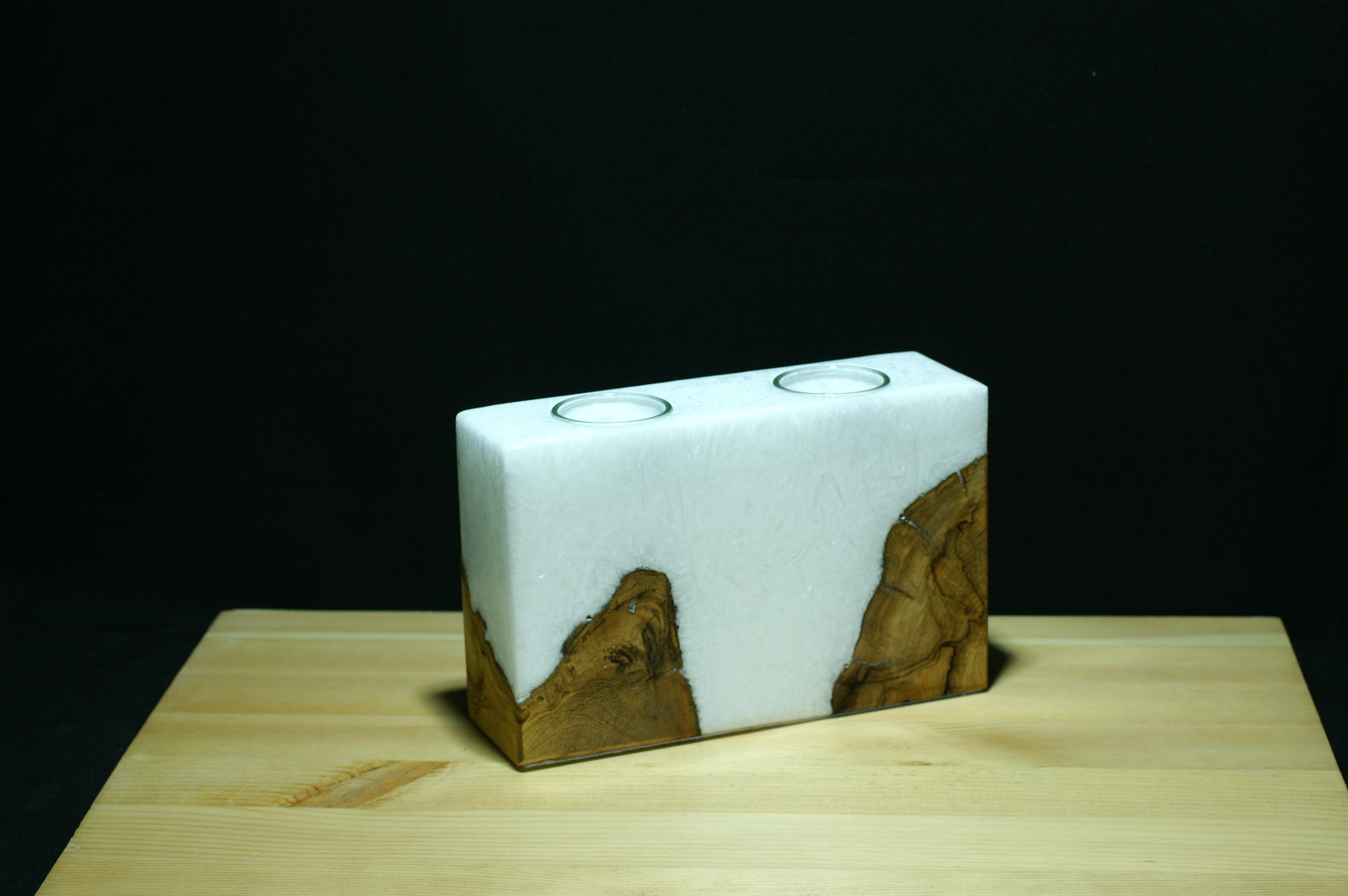The Guinness record holder candle maker, who makes the monsters of the giant wreath candle in Szombathely
Tibor Ávár has been pouring candles for thirty-four years: then he heated the raw material in eight more square meters of workshops, and today he works in a much larger building. The space is needed: during the Advent period, he makes hundreds of his works every day. Colors, shapes, candle scent - we went to the foundry.
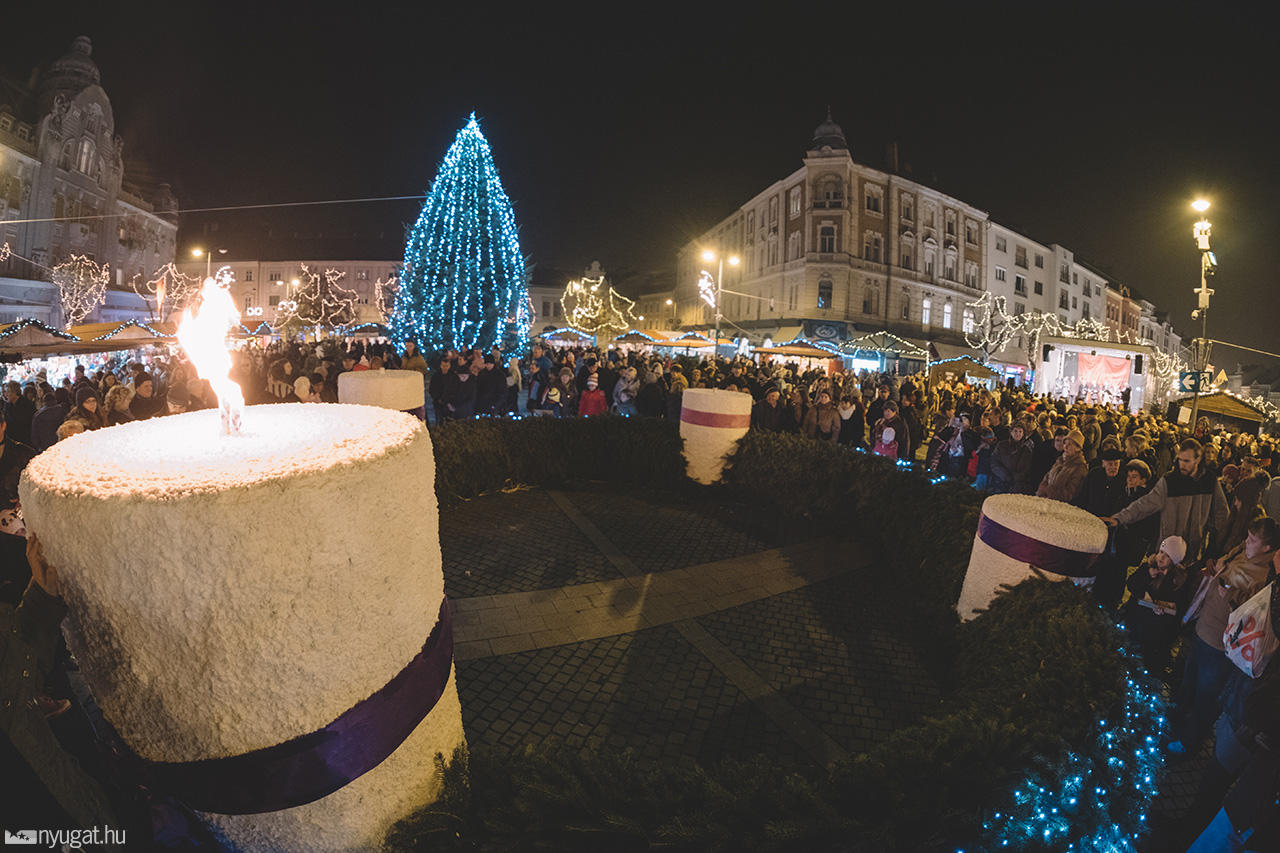
The demand for candles jumps around Christmas, but as we learned from Tibor Ávár, they are no longer sought after for their original function: they are bought as gifts for various occasions (eg birthday, name day, christening) and surprise their loved ones with it. Topical now, in the Advent period, is the theme of the candle: how it is made, in what forms the raw material solidifies as it is colored – we went after all this in the workshop of the candle master. Entering the building, we were struck by pleasantly warm air and the unmistakable scent of candles. There were many variations of colors and shapes on the tables, some of them were ready, waiting to be put in a box, until they solidified into a couple of molds, another portion was waiting to be ironed, and a pile lay in a box.

While working, he caught up with Tibor Ávár, who was told from the beginning that he had been making candles since 1984. The idea came from his acquaintances’ trip to Pest: at that time it was difficult to bring candles, so he decided to cut into the casting – in the 34 years since then, his work has reached almost every continent: South Korea, Japan, Israel, the United Kingdom and the United States. – here he also taught the mastering of the production technology of the master from Szombathely. The eight-square-meter cellar at its disposal soon proved to be scarce, as orders grew, it needed more and more space: first the garage was supplemented with garages, and then larger rooms had to be built for wax miracles – but this label requires a change: the specialist it does not make its candles from wax or paraffin, but from stearin – a natural substance that is a by-product of palm oil production.

Outside the festive period, it consumes 4-500 pounds per week, and in Advent it is used in multiples of the amount. In the first year, he made twisted candles, and the number of molds increased over the years: nowadays, about one hundred and fifty types of molds are molded from hot raw materials in several sizes: one can weigh 20 decagrams or even several kilograms. The casting pots and molds made of plastic or rubber used for casting are made partly by yourself and partly by a lathe acquaintance. The coloring is done with a fat-soluble candle paint, it already depends on your creativity whether you use one or more colors and in what combination. During our conversation, the stearin blocks to be used for the next batch of candles heat up on the stove, slowly reaching the right consistency, ready to get into shape.
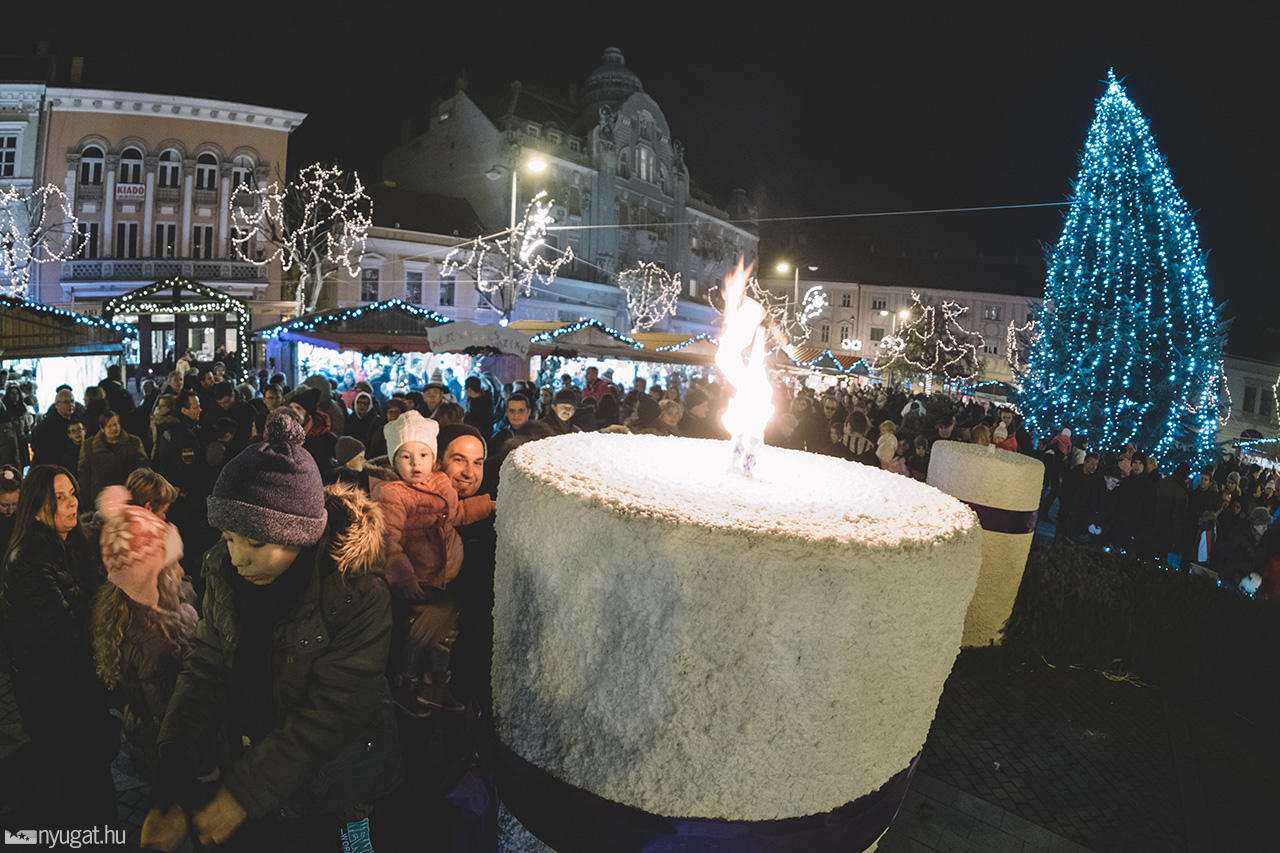
We learned from Tibor Ávár that in the first phase, before or during the heating of the stearin, the molds have to be prepared and the wick has to be hung, this is where the diluted raw material will come from. The cooling time of stearin depends on the size: the smaller ones are ready in one hour, while the larger ones have to wait more, even a day. After cooling, the semi-finished candles are removed from the mold, cut to size and poured into the air-saturated parts: – During filling, the wax material shrinks, so the empty parts must be filled to achieve the perfect shape. However, the work is not over here, as with clothes, the ironing is still here: the unevenness of the candle body must be smoothed out. The last step in painting is to get the final look of the candle. Many people know about the specialist that for years he has been making the four candle monuments for the large Advent wreath on the Main Square in Szombathely – and in 2006 he was able to record a Guinness record: his work weighing more than two tons has also been certified. The current ones are also large: the smallest weighs eight hundred kilograms, the largest one and a half tons. Tibor Ávár plans another surprise next year: candlesticks will take on a new shape.


